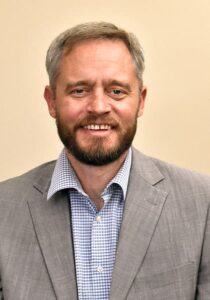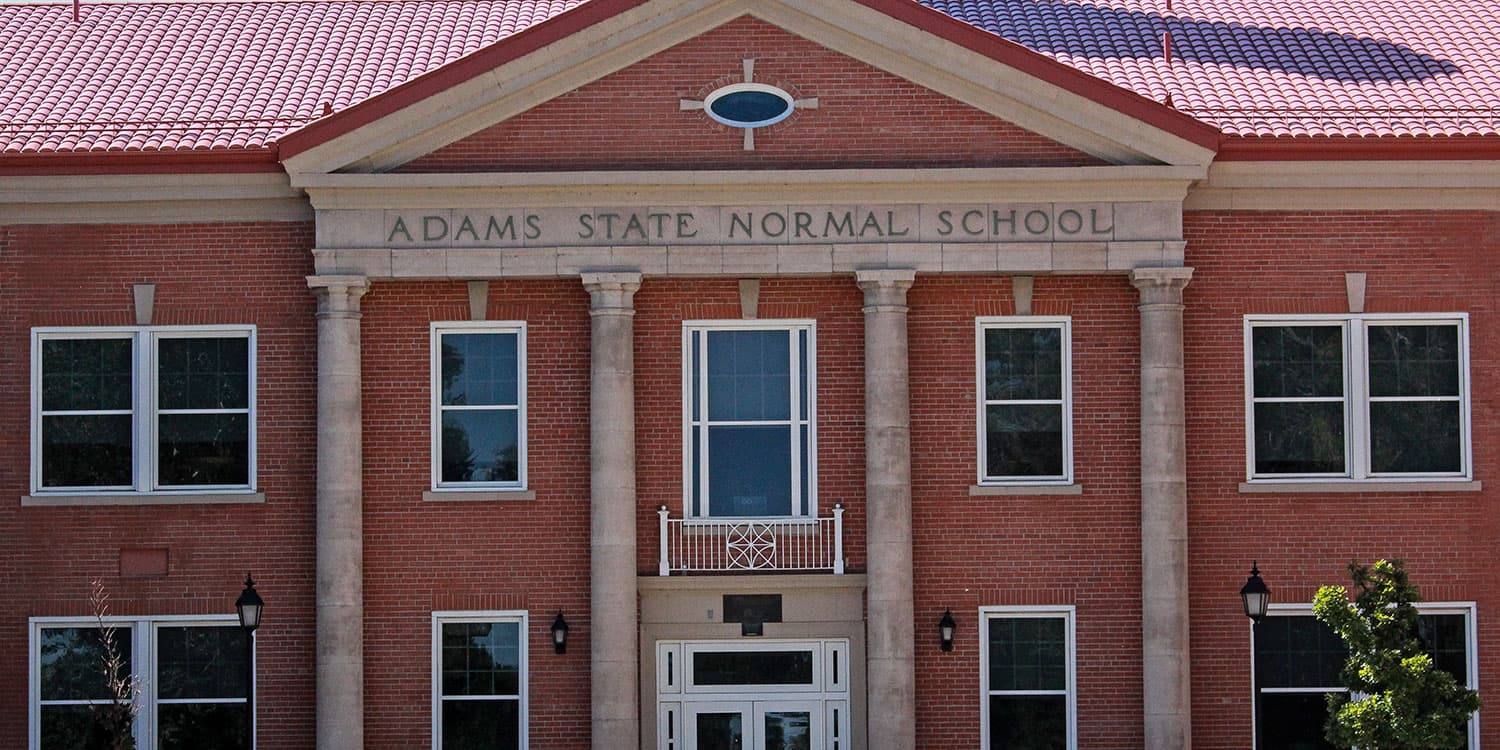Adams State University President David A. Tandberg, Ph.D., was cautiously optimistic regarding the University’s future during his State of the University address.
Dr. Tandberg presented to the campus in September, and to the community on Oct. 4, the most recent stats on the current condition of Adams State and the its future, including foreseeable challenges.
Good news includes an increase in undergraduate and graduate enrollment; five nationally ranked graduate programs; the 100 percent pass rate on the NCLEX licensing exam by the 2023 nursing class; grant awards for the agribusiness, teacher education, and engineering programs; and the national championships in athletics.
Adams State has the largest share of students from the lowest income quintile; the smallest share of students from the top income quintile; the lowest median parent income; and the highest overall mobility index compared to other four-year, liberal arts institutions in the state of Colorado.

“We are an engine of opportunity,” Dr. Tandberg said. “We accept all students based not on their past but what we see as their future.
Compared to Colorado and the U.S., the San Luis Valley median household income has a higher percentage of poverty; and a lower percentage of residents with a bachelor’s degree or higher. “We are the San Luis Valley,” Dr. Tandberg said. “As an open enrollment University, we are the heart in the fight for equity and opportunity.”
The future of high school graduates is projected to peak in 2026 and then level out. That prediction along with continued declines in state funding means Adams State needs to implement plans and programs to keep tuition affordable and attract and retain students. “We need to aggressively pursue new student recruitment strategies,” Dr. Tandberg added.
To that end, Adams State contracted with an external entity to rethink the approach to financial aid; continues working directly with SLV school districts; established partnerships with other public Colorado colleges and universities; launched new academic and athletic programs; renewed focus on the health, wellness, and safety on campus; has become more engaged in Denver for state advocacy; and is building local, regional, state, and national partnerships in addressing capital infrastructure needs.
“Currently, the State of the University is looking positive,” Dr. Tandberg said. “But now is not the time to relax, now is the time to move forward with purpose and with attainable goals, to enrich the lives of all current and future students, alumni, and our beloved community.”



